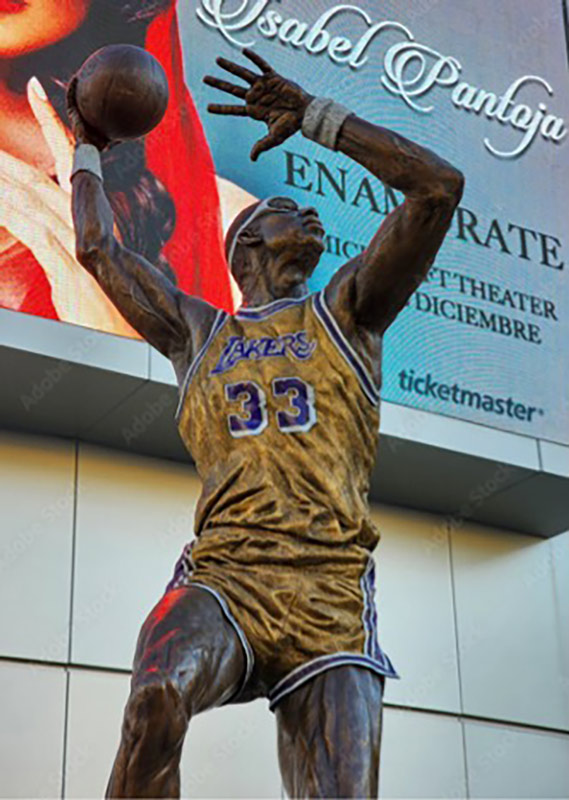By Linda Conlin, Pro to Pro Managing Editor
It’s spring and the basketball championships blossomed. One NIT bloomer is sophomore Robbie Avila, center for the Indiana State Sycamores. Averaging more than 17 points, 6 rebounds, and 3 assists per game, Avila has become a dominant college athlete. Wearing sports goggles and having skills reminiscent of other basketball stars have earned Avila a variety of nicknames. Among them are Cream Abdul-Jabbar, Steph Blurry, Larry Blurred, and Larry Nerd (Indiana State is Larry Bird’s alma mater). With a good sense of humor, Avila embraces them.
Having fun with nicknames about sports goggles is one thing, however, but there’s a serious side to basketball eye injuries. Basketball-related eye injuries comprise up to 31.6% of sports and recreational eye injuries in the United States, and estimates are that nearly one in ten basketball players will sustain an eye injury. In a nearly ten-year study, corneal abrasions were the most frequent injuries in both children and adults, and most were caused by contact with another player. (Kim, E.J., Ganga, A., Rana, V.K. et al. The epidemiology of basketball-associated eye injuries in the United States, 2012–2021. Graefes Arch Clin Exp Ophthalmol 261, 3675–3678 (2023). https://doi.org/10.1007/s00417-023-06136-8). Open globe injuries (full thickness opening of the eyewall) occurred more in basketball than in other sports, mainly due to physical collision.
After suffering a scratched cornea while playing for UCLA in 1968, and again regularly as a pro for the Milwaukee Bucks in 1974 and LA Lakers thereafter, Karim Abdul-Jabbar was one of very few basketball players to use eye protection. In the case of Avila, he has needed vision correction since he was a child. He credits his parents for getting him sports goggles when he played football in second grade and the helmet wouldn’t fit over his glasses. He’s worn goggles playing sports ever since, and that has paid off in more ways than only eye protection. Avila’s playing skills and consistent use of sports glasses have him currently negotiating NIL (name, image, and likeness) deals with some sport eyewear brands. (In July 2021, the NCAA implemented its policy allowing college athletes to make money from NIL, which includes endorsements.)
Now more sports icons can be seen wearing protective eyewear, making it more acceptable, and even cool, to wear them. Styles have changed considerably from the “monster glasses” of Abdul-Jabbar to today’s sleeker models that combine comfort and visual performance with style. The endorsement of more sports heroes like Avila provides a great example of the benefits of eye protection, especially to young athletes, and makes it easier for ECPs to introduce and recommend these products to protect our patients’ precious eyes.











